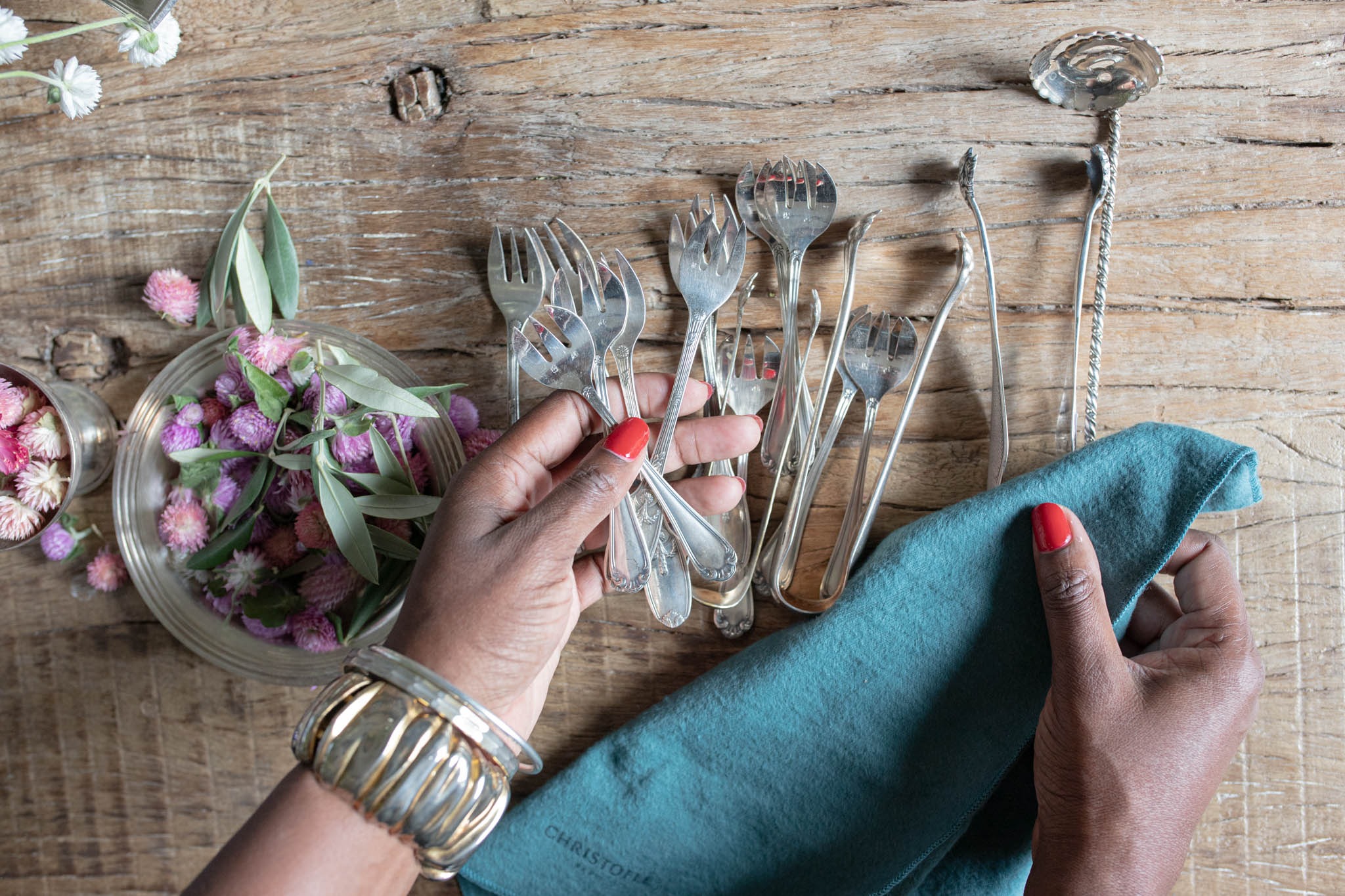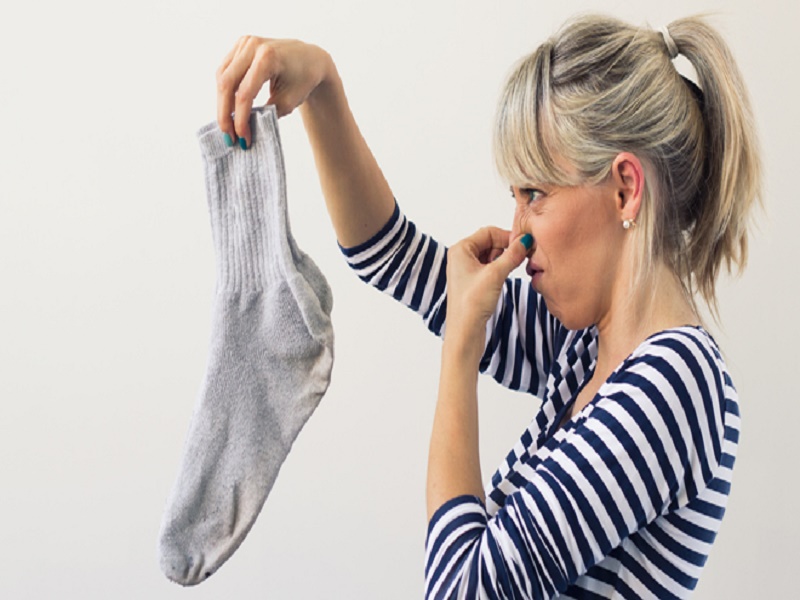Sterling silver cutlery adds a touch of elegance and timeless beauty to any dining experience. However, keeping it looking its best requires occasional cleaning and proper care. Over time, silver can tarnish, losing its shine and developing a dull or even darkened appearance. This guide will show you how to clean your sterling silver cutlery effectively and safely, so it can retain its gleaming look for years to come.
Understanding Sterling Silver and Tarnish
Before we jump into the cleaning methods, let’s understand why silver tarnishes. Sterling silver is an alloy typically containing 92.5% silver and 7.5% other metals, most often copper. While silver itself does not tarnish, the copper in sterling silver reacts with sulfur and moisture in the air, leading to tarnish—a dark, often blackened layer on the surface of the silver. Though tarnish doesn’t damage the silver, it can dull its beauty. Regular cleaning can keep tarnish at bay, maintaining the stunning shine of your cutlery.
Simple Methods to Clean Sterling Silver Cutlery
When it comes to cleaning sterling silver, you’ll find both DIY methods and commercial products. While commercial cleaners are effective, they can be harsh on your silverware if overused. Luckily, many household items can work just as well, gently restoring shine and luster.
1. Cleaning with Soap and Warm Water
This is the simplest and most gentle cleaning method, especially if your silverware is only mildly tarnished or dirty.
What you’ll need:
- Mild dish soap
- Warm water
- Soft microfiber cloth or sponge
- Soft, lint-free cloth for drying
Steps:
- Fill a sink or basin with warm water and a few drops of mild dish soap.
- Gently place your silver cutlery in the soapy water, letting it soak for a few minutes if there’s any grime buildup.
- Use a soft sponge or cloth to rub each piece gently. Avoid using abrasive scrubbers, as they can scratch the surface.
- Rinse each piece thoroughly in warm water to remove any soap residue.
- Dry with a soft, lint-free cloth immediately after rinsing to prevent water spots.
This method is perfect for routine cleaning and for pieces that just need a quick refresh.
2. Removing Tarnish with Baking Soda and Aluminum Foil
This popular DIY cleaning technique uses the chemical reaction between aluminum and baking soda to remove tarnish safely and effectively.
What you’ll need:
- Baking soda
- Aluminum foil
- Boiling water
- Large bowl or baking dish
- Soft cloth for drying
Steps:
- Line a large bowl or baking dish with aluminum foil, shiny side up.
- Place your silver cutlery in the bowl, making sure each piece touches the aluminum.
- Sprinkle a generous amount of baking soda over the silver pieces.
- Carefully pour boiling water over the silverware, ensuring all pieces are submerged.
- Let it sit for about 5-10 minutes, allowing the chemical reaction to lift the tarnish.
- Once done, rinse each piece under warm water and dry thoroughly with a soft cloth.
This method is highly effective for removing even the most stubborn tarnish and restores silver to a bright finish.
3. Using White Vinegar and Baking Soda
For a natural and effective silver cleaner, white vinegar combined with baking soda can be a powerful solution.
What you’ll need:
- White vinegar
- Baking soda
- Small bowl
- Soft microfiber cloth or sponge
- Soft cloth for drying
Steps:
- Place your silver cutlery in a bowl and cover it with white vinegar.
- Add one tablespoon of baking soda for each piece and allow it to fizz for a few minutes.
- Let the cutlery soak in the mixture for 5-10 minutes, depending on the level of tarnish.
- Gently scrub each piece with a soft cloth or sponge.
- Rinse under warm water and dry with a soft, lint-free cloth.
This method is safe for sterling silver and leaves it with a fresh, clean look.
Alternative Cleaning Solutions for Sterling Silver Cutlery
While the methods above are usually enough to clean silver, there are alternative approaches and specialized products that might be worth exploring.
1. Commercial Silver Polish
If your silverware is heavily tarnished, commercial silver polish can be effective. These polishes contain mild abrasives that can remove tarnish without scratching.
Steps:
- Apply a small amount of silver polish onto a soft cloth.
- Rub the cloth over the tarnished areas in gentle, circular motions.
- Rinse the cutlery under warm water and dry thoroughly.
Be sure to read the product’s instructions, as some polishes require specific handling.
2. Toothpaste for Spot Cleaning
A non-gel, non-whitening toothpaste can be an alternative cleaner for silver, especially for small tarnished spots.
Steps:
- Apply a small dab of toothpaste onto a soft cloth.
- Rub it gently over the tarnished areas.
- Rinse thoroughly with warm water and dry.
Toothpaste should be used sparingly to avoid abrasion, and it’s best suited for spot cleaning.
Tips for Maintaining Sterling Silver Cutlery
Keeping sterling silver in good condition isn’t just about cleaning—it also involves regular maintenance and proper storage. Here are some tips to help you prevent tarnish and prolong the life of your silver cutlery.
1. Regular Use Keeps Silver Shiny
Believe it or not, using your silverware regularly can help prevent tarnish. Frequent handling and washing remove tarnish-causing substances from the surface.
2. Proper Storage to Minimize Tarnish
Store your silver cutlery in a dry, dark place, as exposure to air, humidity, and light can accelerate tarnishing. Consider storing it in a specially lined silverware chest or wrapping each piece in anti-tarnish cloth. You can also add silica gel packets to the storage area to absorb moisture.
3. Avoid Contact with Certain Foods
Certain foods, like eggs, onions, and salt, can cause tarnish to develop more quickly due to their sulfur or acidic content. After use, wash silverware as soon as possible to prevent tarnish from forming.
4. Avoid Harsh Chemicals and Abrasives
Chlorine, bleach, and abrasive cleaners can damage silver. Always use gentle cleaning products and avoid exposing silver to household cleaners. Also, avoid the dishwasher; handwashing is much safer for sterling silver.
Troubleshooting Common Issues with Silver Cleaning
Even with the best care, you might encounter some issues when cleaning sterling silver cutlery. Here’s how to address them:
1. Stubborn Tarnish that Won’t Budge
If tarnish is particularly thick, you may need to repeat the baking soda and aluminum foil method or consider using a commercial polish designed for sterling silver.
2. Scratches on Silver Surface
To minimize scratches, avoid abrasive materials and only use soft cloths. Over time, fine scratches can add to a patina, a soft, natural sheen that many collectors find attractive.
3. Water Spots or Streaks
To avoid water spots, always dry silver immediately after washing. If you see spots or streaks, a quick polish with a soft, lint-free cloth can usually restore a smooth finish.
Final Thoughts
Sterling silver cutlery is a beautiful investment that can last generations with the right care. By using gentle, effective cleaning methods and following proper maintenance tips, you can keep your silverware sparkling for years. Whether you choose DIY methods with household items or a professional silver polish, the goal is to handle each piece gently to preserve its luster and avoid damage. Now that you know how to clean sterling silver cutlery, you can enjoy its elegance every time you set your table.




